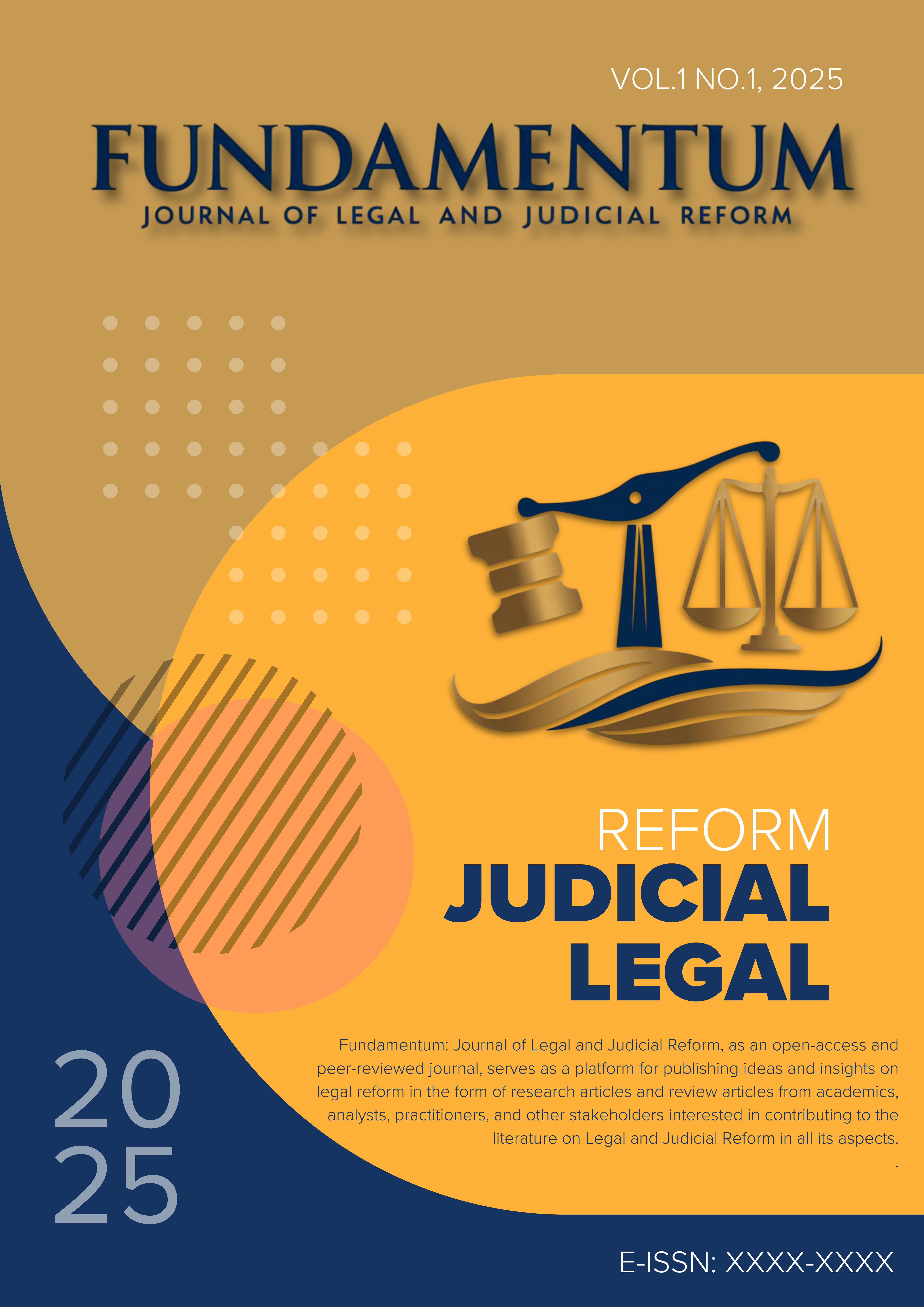The Supreme Court and The Reform of Islamic Family Law in Indonesia
DOI:
https://doi.org/10.70992/m0n8yf41Keywords:
Jurisprudence, SEMA, Legal Reform, Islamic Family LawAbstract
Family law is unique in the discourse of Islamic law, especially because of its strategic position in forming Islamic society from its smallest unit. The development of social reality triggered by advances in science and information technology demands legal reform in general, including reform in the field of Islamic family law. In Indonesia, after successfully unifying marriage law through Law No. 1 of 1974 concerning Marriage, the renewal of Islamic family law continued with the emergence of Presidential Decree No. 1 of 1991 concerning the dissemination of the Compilation of Islamic Law. Not only through the executive and legislative institutions, but the renewal of Islamic family law is also carried out by the judiciary, namely the Supreme Court, both through jurisprudence and a Supreme Court Circular Letter. This paper focuses on the method of reforming Islamic family law carried out by the Supreme Court, which is examined normatively through qualitative data obtained from a literature review of related sources. As a result, the Supreme Court reformed Islamic family law using the intra-doctrinal reform method, through superstition and talfiq. This is evident in the SEMA regarding the husband's obligation to his wife as a result of divorce, by choosing (takhayyur) the opinion of the Hanafi School. As for the talfiq method adopted by Jurisprudence in terms of giving the inheritance to non-Muslim families through a mandatory testament.
Downloads
Published
Issue
Section
License
Copyright (c) 2025 Fundamentum: Journal of Legal and Judicial Reform

This work is licensed under a Creative Commons Attribution-ShareAlike 4.0 International License.




